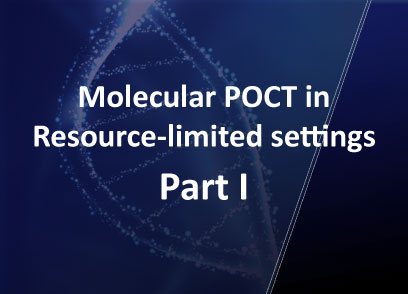· Hydrolysis of N-glycosyl bond:
· Mostly cytosine to uracil (~ 1 deamination yr-1 kb-1 for ssDNA and ~0.005 yr-1 kb-1 for dsDNA).
· Deamination:
· 8-hydroxyguanine formation
· Thymine or cytosine glycol formation· Thymine dimers
· Nicks
· Double strand breaks
FFPE DNA Repair

Feature
Formalin, a formaldehyde-based solution, is commonly used as a fixative for the long-term storage of tissue samples. The mechanism by which formalin prevents sample degradation is through the formation of several different types of chemical interactions between adjacent macromolecules within the tissue sample – including between and within DNA molecules. After fixation with formalin, the tissue sample is usually embedded in paraffin; the paraffin both promotes tissue preservation and provides a scaffold for tissue sectioning.
While the fixation process adequately preserves the ultrastructure of the tissues, it results in various types of damage to the DNA within the tissues. The DNA damage signature of FFPE DNA includes:
Gathering meaningful biochemical data, including high-quality DNA sequence information, from these samples reproducibly poses a challenge. An additional challenge to analysis of archived tissue samples is that the typical sample is generally small and may only contain trace amounts of the tissue of interest and, therefore, the nucleic acid of interest. For these reasons, studies based on sequencing of FFPE samples have been technically challenging. Below is an example of a sample block of formalin-fixed, paraffin-embedded tissue.
Product Information
FFPE DNA Repair
| NEBNext® FFPE DNA Repair Mix | Cat No. | SIze |
|---|---|---|
| M6630S | 24 reactions | |
| M6630L | 96 reactions | |
| NEBNext® FFPE DNA Repair v2 Module | Cat No. | SIze |
| E7360S | 24 reactions | |
| E7360L | 96 reactions | |
| NEBNext® Magnetic Separation Rack | Cat No. | SIze |
| S1515S | 24 tubes |













































































































